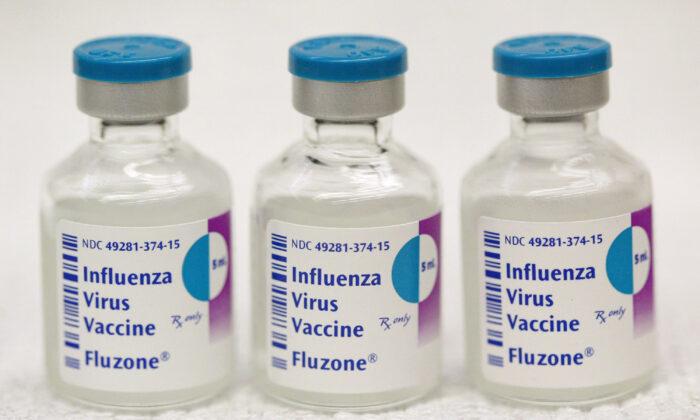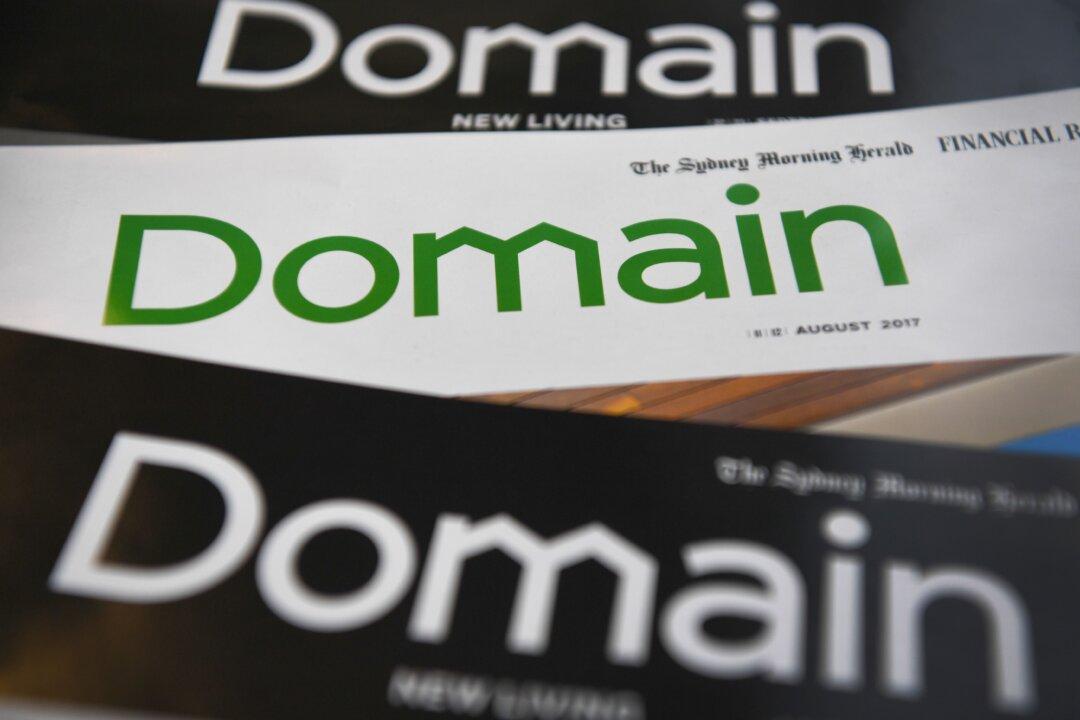Boosting the influenza vaccination rate among healthy New South Wales (NSW) residents could deliver up to $1.3 billion (US$830 million) in economic benefits to the Australian state each year, according to a report.
The economic benefits derived from a reduction in lost work hours (up to 8 million), avoided GP consultations and hospitalisations, and increased healthy life years.
To achieve “herd immunity,” the commission suggested vaccinating 55 percent of the state’s under-65 population, or around 2 million people.
This represents a 30 percent increase in the under-65 vaccination rate.
The Commission estimated that the cost of vaccinating 2 million additional people would be around $80 million, which it said was significantly outweighed by the benefits.
Commission Calls for Mass Vaccination Campaign
NSW’s public health strategies currently focus on vaccinating vulnerable groups, such as older people, young children, pregnant women, and the immunocompromised.However, to reach 2 million additional vaccinations against influenza each year, the commission said NSW needed to expand vaccination efforts towards healthy and young populations.
“Under 65s are ideal targets, especially children who are more likely to catch and transmit the flu when infected, compared to older people,” the report said.
“Increasing vaccination rates among the young and healthy can help protect the elderly and vulnerable.”
Nevertheless, the report acknowledged that it was challenging to raise vaccine uptake among younger people.
The report identified inconvenience and apprehension about the necessity of the vaccine as the main barriers.
To overcome the barrier, the Commission recommended the NSW government implement mass vaccination programs in schools and workplaces.
The Commission argued that doing so would make it more convenient for children and working adults to get vaccinated.
It cited the examples of the UK and Belgium, which had successfully implemented similar vaccination programs.
“In the UK, most school-aged children can receive a free influenza vaccine at school each year, benefiting the broader UK population through reduced deaths and hospitalisations,” the report said.
“Workplace vaccination programs can similarly benefit the whole population by limiting the spread of influenza in the broader community.”







